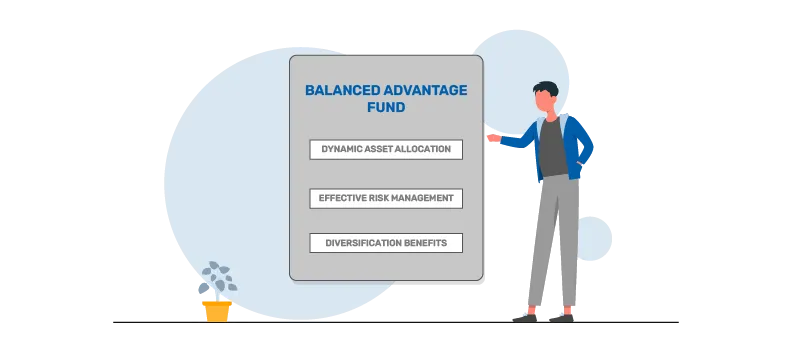
Shri Sayan Das Sharma joined the AMC on 02 November 2022 as Senior Business Analyst. Prior to joining the AMC, Shri Sayan Das Sharma was associated with Arthya Wealth & Investments (PMS) from April 2021 to October 2022. Before joining Arthya Wealth & Investments (PMS), he was also associated with Bank of Baroda Capital Markets Ltd from November 2018 to March 2021. He was also associated with Crisil Limited from September 2011 to October 2018. He has work experience of over 14 years in financial markets in Research area.

